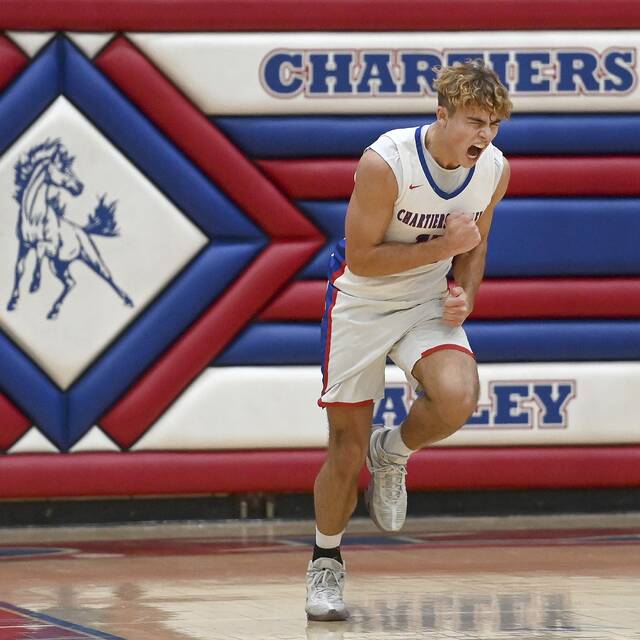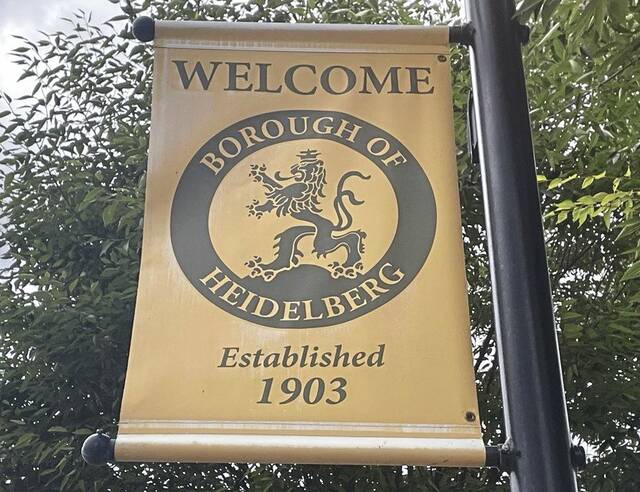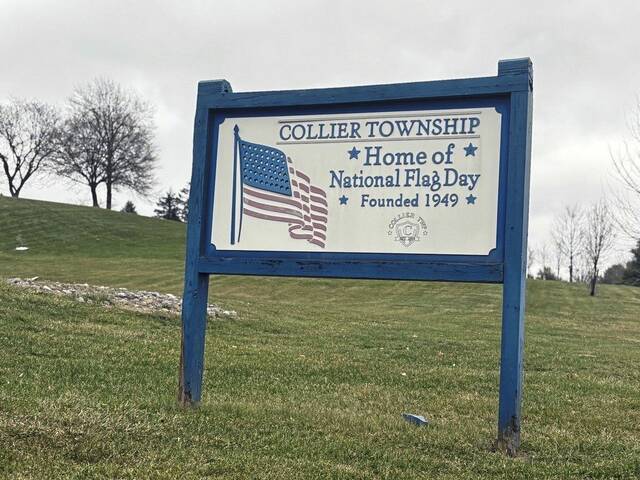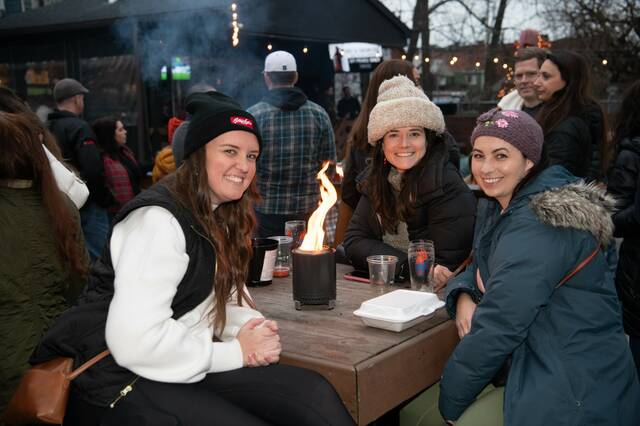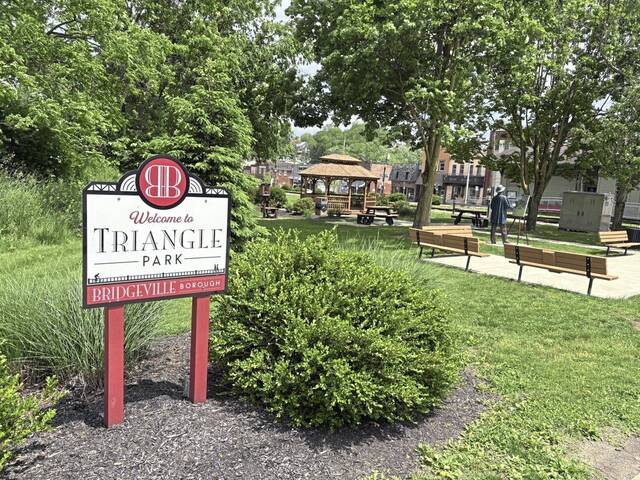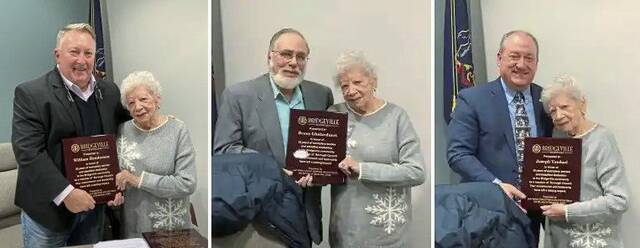I am currently revisiting my interest in the battle of Gettysburg because of a project in which my daughter Elizabeth is involved. Her department at the University of Pittsburgh is sponsoring a performance of ‘Gettysburg,” a “poetic expression of the ill-fated friendship between Confederate General Lewis Armistead and Union General Winfield Hancock and the unseen wounds of war.”
The play will be presented at the Charity Randall Theater on the university campus at 7:30 p.m. Sept. 14. It is a serendipitous confluence of two significantly different cultural icons — Japanese Noh theater and legends from the Battle of Gettysburg.
Elizabeth asked me about the participation of units from this area in the battle. I was aware of three volunteer companies — Company D of the 149th Pennsylvania Volunteers Regiment (Robinson Run), Company H of the 62nd Pennsylvania Volunteers Regiment (Bethel Church), and Company K of the 1st Regiment Pennsylvania Reserve Cavalry (Bridgeville) – who were at Gettysburg.
Company D was the first to be engaged at Gettysburg. At 9 a.m. July 1, they moved up the Emmetsburg Road toward Gettysburg, and soon heard the first guns of Buford’s engagement, west of the village. At the Seminary Building they “stacked arms … and awaited events.”
The events turned out to be a wholesale assault by General Henry Heth’s division. After heavy fighting, the company withdrew to the safety of the Union lines on Cemetery Ridge. Although they had been driven from the field, their efforts had delayed the Rebels long enough to permit Meade’s army to consolidate on a defensible line.
In the meantime, Company H had marched 20 miles through Hanover and was within five miles of Gettysburg. At 6 a.m. on July 2, they moved into position on Cemetery Ridge, on a “desperately hot day.” By 3:30 p.m., the day got considerably hotter. Because of a series of unforeseen circumstances, their corps was broken up into brigade-sized units.
Company H and the second brigade was marched to the Wheat Field, in between the Peach Orchard and Devils’ Den. At the height of the battle, their division commander ordered a retreat from what appeared to be a highly defensible site. The ensuing confusion turned into a rout back to Little Round Top. Company H’s casualties were large — three dead, nine wounded and seven captured.
On the evening of July 1, Company K was ordered forward to Gettysburg. After marching all night, they reached the battlefield at 9 a.m. on July 2 and were immediately deployed to a position behind the left center of the line. The next day, they were subjected to the full brunt of the Rebel artillery barrage.
Although Company K is reported to have been in reserve, they did suffer casualties, including one documented fatality. It appears likely that they were part of the reserves that swept back the Rebels from the “High-Water Mark of the Confederacy,” Armistead’s climbing over the wall at “the Angle” and capturing two Union artillery pieces before being cut down by the onslaught of Union Reserves.
All three local companies performed admirably at Gettysburg. In retrospect, it is easy to imagine Armistead’s spirit wandering the battlefield, hoping to get reassurance that his friend, Hancock, has forgiven him. I am eagerly looking forward to the performance of this play and its presentation of this question.



